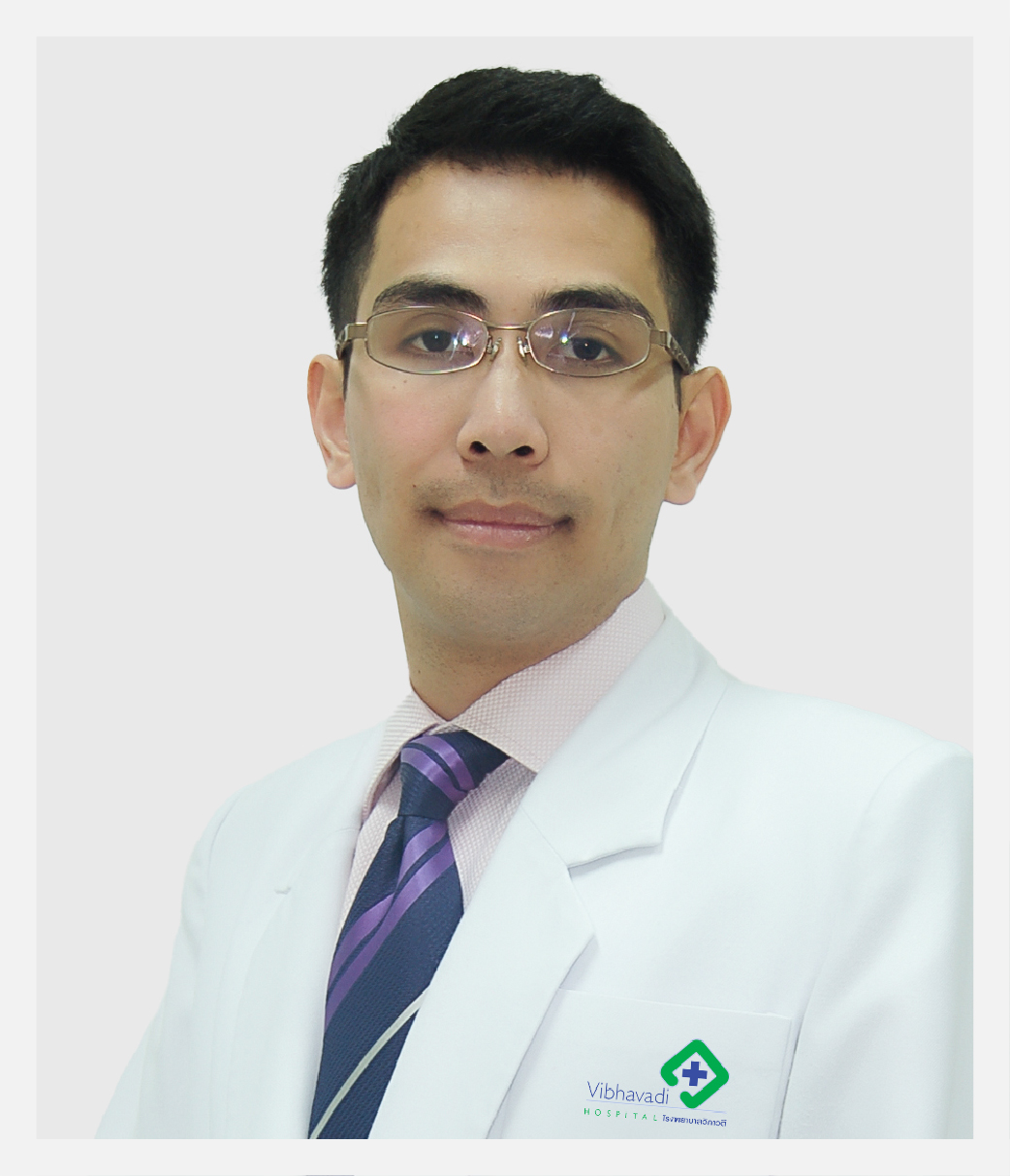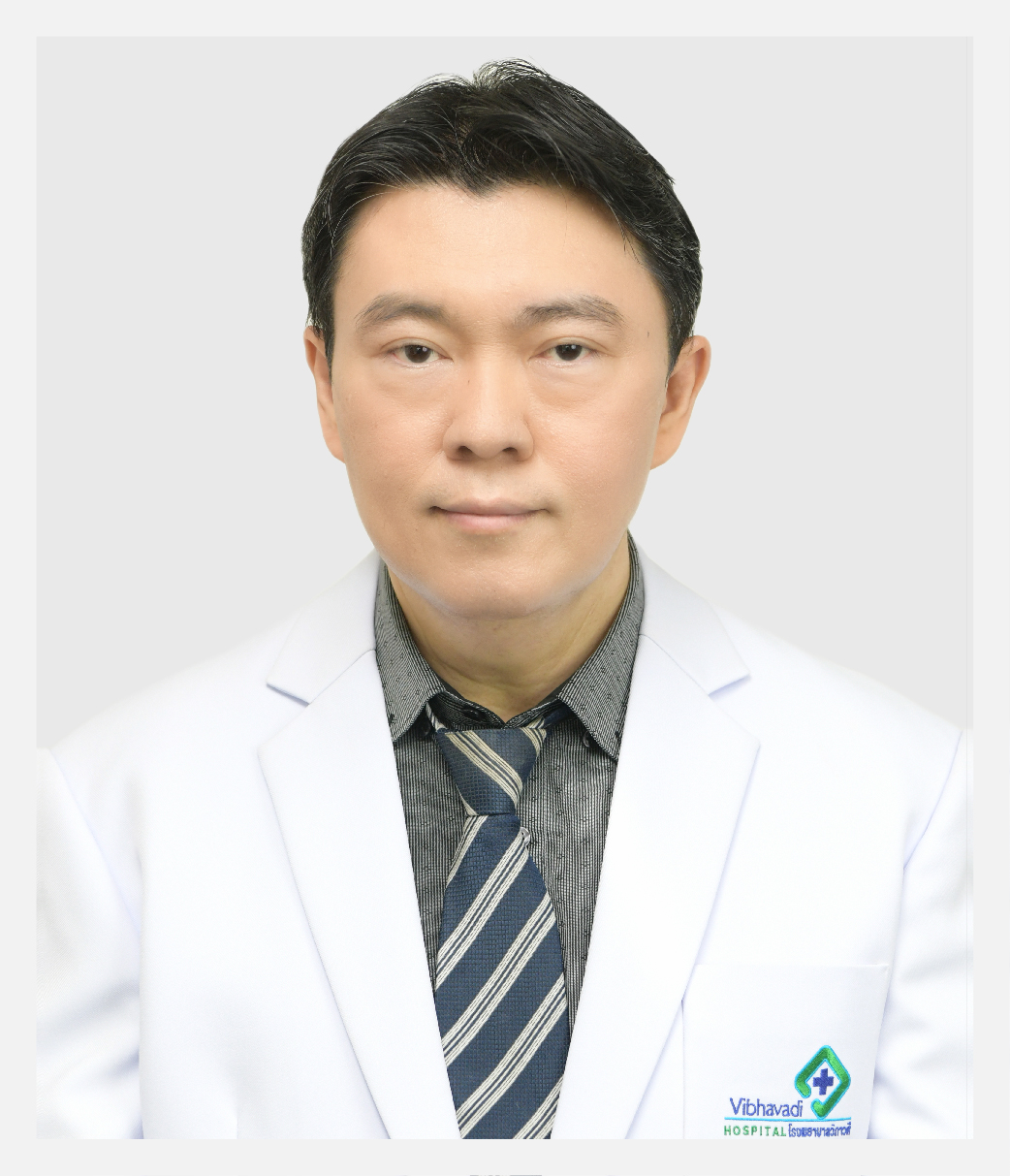Esophageal Cancer

Esophageal Cancer: Early Detection, Prevention, Symptoms, and Treatment
Key Takeaway
- Esophageal cancer occurs when cells in the esophagus grow abnormally and form tumors, interfering with swallowing and potentially spreading to lymph nodes or other organs.
- Risk factors include smoking, alcohol use, chronic acid reflux, hot or pickled foods, obesity, and genetics. These factors damage the lining of the esophagus and increase cancer risk.
- Treatment depends on the stage and patient health, and may involve surgery, chemotherapy, radiation therapy, or palliative care to improve quality of life.
What Is Esophageal Cancer?
Esophageal cancer is a serious but often under-recognized disease that can affect anyone, especially individuals with certain lifestyle risks such as chronic smoking, heavy alcohol consumption, or untreated gastroesophageal reflux disease (GERD).
This cancer occurs when cells in the lining of the esophagus—the tube that carries food from the throat to the stomach—begin dividing uncontrollably. Tumors can invade deeper layers of the esophagus and spread (metastasize) to lymph nodes or distant organs like the liver and lungs.
While anyone can develop esophageal cancer, the risk increases with age, family history, or prolonged exposure to harmful substances. Even people who live generally healthy lifestyles may face risks if abnormal changes occur in esophageal cells.
Types of Esophageal Cancer
The two most common forms are:
1. Squamous Cell Carcinoma
- Arises from the thin, flat cells lining the upper and middle esophagus.
- Strongly linked to smoking, alcohol use, and diets high in carcinogens.
- Often grows slowly at first but can spread to nearby lymph nodes and tissues.
2. Adenocarcinoma
- Originates from glandular cells, typically in the lower esophagus near the stomach.
- Frequently associated with chronic acid reflux and Barrett’s esophagus, a precancerous condition where the esophageal lining changes to resemble stomach tissue.
- Tends to grow and spread faster than squamous cell carcinoma.
Causes and Risk Factors
Esophageal cancer has multiple contributing factors:
- Smoking: Chemicals in tobacco damage DNA in esophageal cells, triggering mutations.
- Alcohol: Long-term, heavy drinking irritates and inflames the esophagus, especially when combined with smoking.
- Chronic GERD: Acid reflux causes repeated inflammation, sometimes leading to Barrett’s esophagus.
- Dietary habits: Regular consumption of very hot foods or pickled/smoked products introduces carcinogens that harm the esophagus.
- Age: Risk increases significantly after age 50.
- Obesity: Extra abdominal fat increases reflux and chronic irritation of the esophageal lining.
- Poor lifestyle habits: Lack of exercise, high-fat diets, and low intake of fruits and vegetables raise the risk.
- Genetics and family history: Inherited mutations or family history of esophageal cancer can predispose individuals
Symptoms of Esophageal Cancer
Early stages may not cause noticeable symptoms. As cancer progresses, warning signs include:
- Difficulty swallowing (dysphagia) – Initially with solid foods, later even with liquids.
- Chest or throat pain – Pain or burning in the chest or discomfort when swallowing.
- Unexplained weight loss – Due to reduced food intake and cancer-related metabolic changes.
- Chronic cough or hoarseness – When tumors affect the larynx or trachea.
- Sensation of food stuck in the chest – A persistent feeling of blockage while eating.
Recognizing these symptoms early increases the chance of successful treatment.
Stages of Esophageal Cancer
Cancer staging helps determine treatment:
- Stage 0: Abnormal cells limited to the inner lining.
- Stage I: Tumor invades deeper layers but has not spread to lymph nodes.
- Stage II: Cancer penetrates deeper tissues and may involve nearby lymph nodes.
- Stage III: Tumor spreads further into surrounding structures and lymph nodes.
- Stage IV: Cancer has metastasized to distant organs (e.g., liver, lungs, bones)
Diagnosis of Esophageal Cancer
Accurate diagnosis requires several medical tests:
- Endoscopy: A flexible tube with a camera inserted through the mouth to inspect the esophagus for abnormal growths or ulcers.
- Biopsy: Tissue samples taken during endoscopy for microscopic analysis, confirming cancer and its type.
- Imaging tests (CT or PET scans): Provide detailed pictures to assess tumor size, local invasion, and distant spread.
Treatment Options
Treatment depends on the stage, tumor location, and patient health:
1. Surgery (Esophagectomy)
- Involves removing part or all of the esophagus and sometimes nearby lymph nodes.
- Most effective when cancer is confined to the esophagus.
- Post-surgery, patients may need dietary adjustments during recovery.
2. Chemotherapy
- Uses drugs to destroy cancer cells throughout the body.
- Often combined with surgery or radiation to shrink tumors or prevent recurrence.
- Side effects may include nausea, fatigue, and hair loss, but supportive care helps manage them.
3. Radiation Therapy
- High-energy beams target and kill cancer cells in the esophagus.
- May be used before surgery to reduce tumor size, or after surgery to eliminate remaining cancer cells.
- Can cause temporary throat irritation or swallowing discomfort.
4. Palliative Care
- Focuses on improving quality of life when cure is not possible.
- Includes pain relief, nutritional support, and emotional counseling for patients and families.
Prevention Strategies
While not all cases can be prevented, lifestyle changes significantly reduce risk:
- Quit smoking and limit alcohol to protect esophageal lining.
- Eat a balanced diet rich in fruits, vegetables, and whole grains.
- Avoid very hot foods or pickled/smoked items that irritate the esophagus.
- Maintain a healthy weight to lower reflux and chronic inflammation.
- Manage acid reflux with medical treatment and lifestyle adjustments.
- Schedule regular checkups if you have persistent GERD, Barrett’s esophagus, or family history of esophageal cancer.
Summary
Esophageal cancer develops when abnormal cells form tumors in the esophagus. Risk factors include smoking, heavy alcohol use, chronic acid reflux, obesity, and certain dietary habits. Early symptoms may be subtle, but advanced disease causes difficulty swallowing, chest pain, weight loss, and chronic cough.
Diagnosis involves endoscopy, biopsy, and imaging scans. Treatment depends on disease stage and may include surgery, chemotherapy, radiation, or palliative care. Preventive measures such as quitting smoking, reducing alcohol, maintaining a healthy diet, and managing GERD can significantly lower risk.
Early detection remains the most important factor in improving survival and quality of life.
Frequently Asked Questions (FAQ)
1. Does frequent acid reflux increase cancer risk?
Yes. Chronic GERD can damage the esophageal lining and lead to Barrett’s esophagus, a precancerous condition. Treating reflux and making lifestyle changes can lower this risk.
2. Can esophageal cancer be cured?
If detected early, surgery combined with chemotherapy or radiation offers a high chance of cure. In advanced stages, treatment focuses on controlling the disease and relieving symptoms.
3. Is esophageal cancer more common in men or women?
It is more common in men, especially older men with risk factors like smoking and alcohol use.
4. Is difficulty swallowing always a sign of esophageal cancer?
Not always. It may also result from GERD, esophageal strictures, or infections. However, persistent swallowing problems should be evaluated by a doctor.
Testimonials
Proud to take care of you















